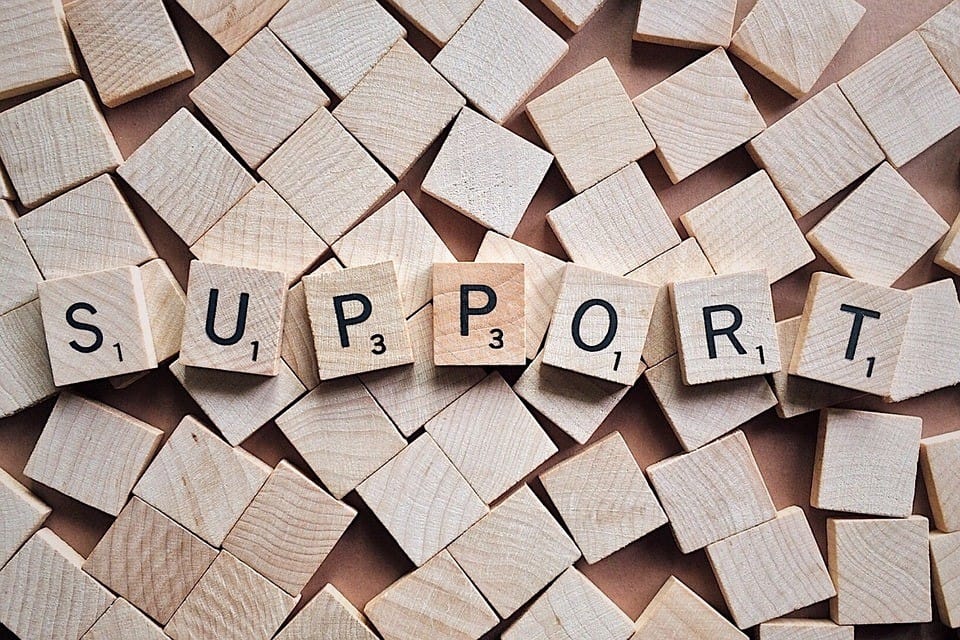The convenience of being able to stay connected and communicate with others anywhere is now basic and taken for granted. That was the “old revolution,” but a new revolution is now underway, giving you at-a-glance, pertinent information from wearable devices like Apple watches or the Vuzix M100 “smart glasses.”
And while it is intriguing how these sorts of wearable technology are beginning to transform our private lives, the impact they are capable of having on the customer service industry is even more impressive. Wearable devices have the potential to transform the workplace, especially those devices that are capable of quickly providing the desired information via voice control, a quick touch, or even automatically.
Now, if you work in the customer service business and you’re not a multi-tasker, a “wearable revolution” can help you become one; and if you already are one, “wearing“ your information will only make you a better one.
That spells better customer service, which is a big part of how you gain and retain customers. To be sure, people looking for, say, a new cell phone company are going to compare prices, compare the Verizon, T-Mobile, and sprint coverage map, and decide based on a number of factors, but a reputation of faster, better customer care is going to be high on the list as well. And wearable tech is doing its part to boost customer service levels to the max.
Here are some of the ways how a simmering wearable-tech revolution can impact customer satisfaction, plus make things easier for managers and CSRs alike in the workplace:
1. A Hyper-connected Service Team
With at-a-glance access to information like customer name and “status,” phone number, geographic location, address, and security verification data, customer service reps can continue talking to and serving customers while simultaneously retrieving data they know they will need later in the call. Hands-free, real-time data retrieval and notifications will save time and lower the use of the “hold” button.
2. More Connected and Active Managers
On the managerial side of the equation, wearable devices may be even more important. They allow managers to coach CSRs in real time and be more “rapidly responsive” to questions and calls for assistance. Even while walking the service floor or while in the midst of a meeting or a training session, they will be able to monitor key performance indicators (KPIs) on the floor from a distance and be available to help.
3. More Friendly and Hospitable Service
Besides faster service, however, wearable tech can facilitate more personalized and thus seemingly more pleasant service. Whether over the phone or in-person, CSRs will be able to greet the next customer by name and already know all the important details about that customer. This works especially well in the hotel industry, where bookings are checked quickly, but it applies across the board.
4. Lowering Customer Service Call Wait Times
Finally, the overall impact of wearable technology on the customer service industry, could boost productivity by almost 10%, according to some. That would mean that the same number of CSRs and managers could handle the same number of incoming calls faster, which means those long wait times that are common in certain businesses would be considerably shortened.
Shorter wait times, less holds, and shorter service calls that still resolve the issue: that boosts customer satisfaction and retention, saves the company money, and lowers stress levels for all involved! How could it get any better?

